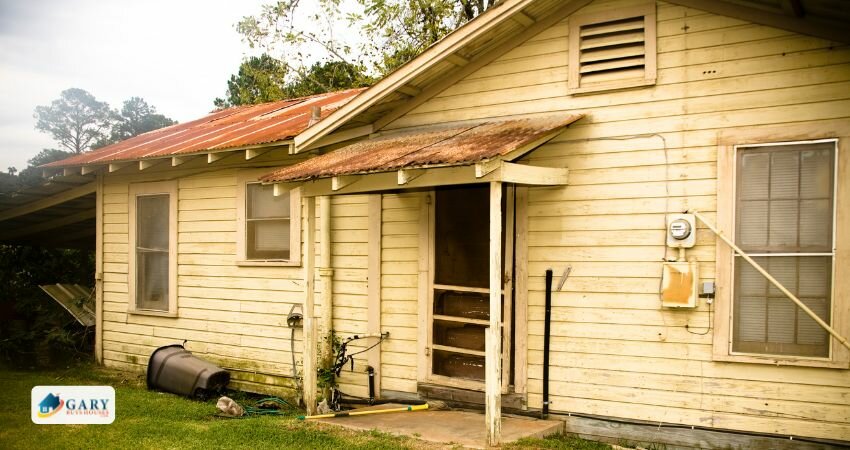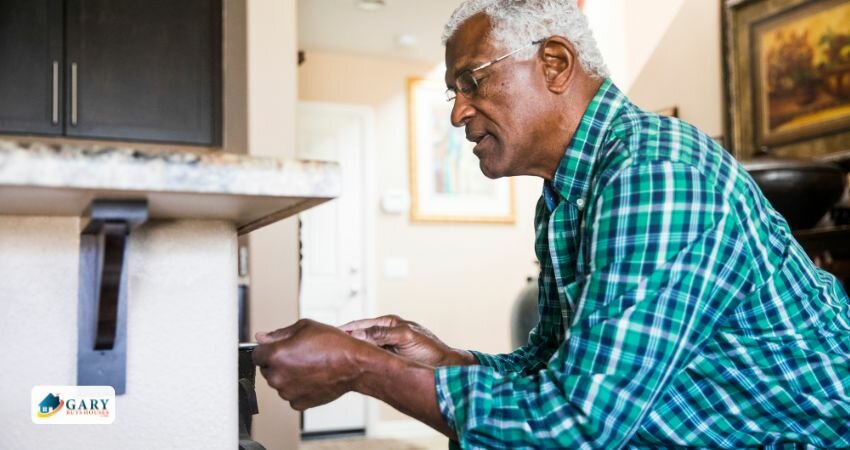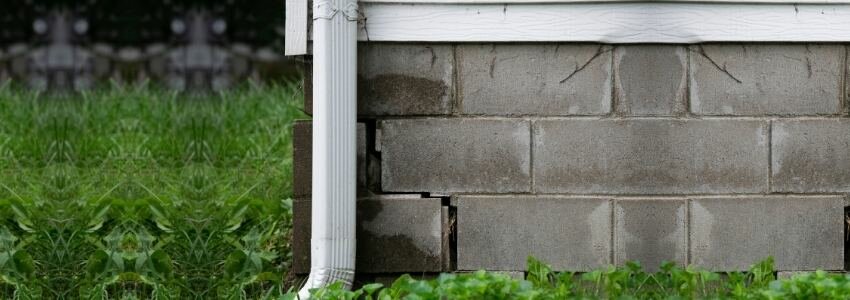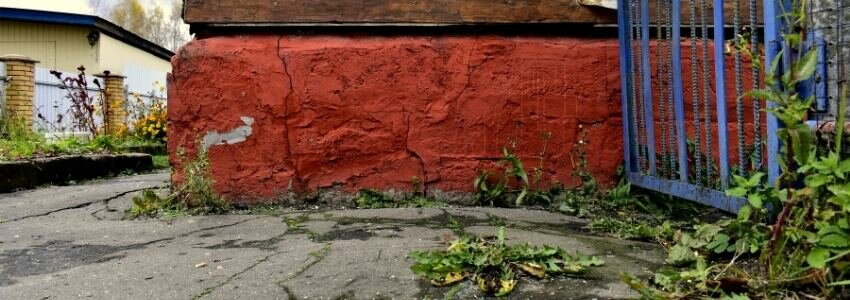As of October 21, 2025, the average number of days a home is listed on the market is 63 days. If you are trying to sell an old house that needs work, then statistics show that your home may be on the market for a significantly longer period of time.
Sell an Old House

If you’re hoping to avoid your house sitting on the market for months on end because it’s old and not in the best repair, then you need to make some decisions up front to speed up the selling process. First you need to decide if you want to go with a realtor or work with an investor to sell an old house.
Realtors will help you identify repairs that may be needed on your home and make suggestions as to how to make your home more appealing to potential buyers. Investors, on the other hand, will purchase your home as-is and though the selling price is usually lower they won’t require you to take on any expensive repairs or updating.
Working With a Realtor, Pros and Cons
Pros
Real Estate agents are able to negotiate terms and conditions on your behalf and they take care of all the contracts so you don’t have to.
Realtors provide their expertise in preparing your home for sale. They can help you identify where to make changes and updates that could help your home sell more quickly.
Realtors can do the work of listing your home and taking pictures and advertising your home for you.
Cons
Realtors take a commission of the home sale, with the average real estate commission in Utah being between 4.6% and 6.12% of the sale price.
You often have to commit to a contract with a realtor. This means you can’t decide to sell on your own or sell to an investor without a realtor involved if you signed a contract.
You will need to do some work to prepare your home for sale and be ready to vacate the property for showings and open houses.
Working with an Investor, Pros and Cons

Pros
Investors can make cash offers and close quickly. Depending on your situation cashing out and closing soon could save your credit and get you out of a bad financial situation quickly.
Investors usually buy your home as-is — no expensive repairs, cleaning or updating needed.
Investors are flexible. They aren’t planning on moving in to your house so they can be flexible with the terms and tailor their offer to you.
Investors are private buyers who are well versed in contracts and legal processes, you’ll get the benefits of working with an experienced home buyer without the fees of involving a realtor.
Cons
Depending on how much money you need to make from the sale of the home an investor might not offer what you need. They are purchasing the home as-is and will do all the fixing and updating needed to sell the home for a profit so they make a fair cash offer that may or may not be enough in your situation.
Which Option is Right for You?
When looking at the pros and cons between realtors and investors it can still be hard to know what is the best option for you to sell your older home that needs repair. Start by asking yourself: How much work does your house really need? If your home needs any of these costly repairs then you’ll scare off a lot of traditional home buyers unless you have the cash to make the repairs before listing:
HVAC Repairs – $400-$2,400
Water Heater Repairs- $220-$1,800
Electric Replacements- $225-$3,000
Driveway Repairs- $300-$4,500
Roof Repairs- $1250-$25,000
Deck Repairs- $250-$5,000
Mold Removal- $400-$6,000
Foundation Repairs- $500-$12,000
Siding Repairs- $775-$26,000
Smaller repairs such as updating a bathroom or painting the walls are not as costly and will make it easier to list your old home quickly and for a good price.
Can You Afford to Make Repairs on Your Old Home?

Some repairs like the ones listed above will cost you thousands of dollars up front, and may not translate into thousands of dollars more in profit when you sell your old house. Calculating the return on investment is another important step before making repairs on your old home.
A roof in poor condition is worthwhile to repair before selling, according to the National Association of Realtors, a new roof promises an average ROI of 107% of your cost as the homeowner. A brand new roof means the new owners won’t have to worry about the expense and headache for 25-30 years and people are willing to pay more for that kind of peace of mind.
Brand new flooring, whether it is updating old carpet, refinishing the hardwood floors or putting down new floors shows a good return of investment. According to the same report from the National Association of Realtors, new flooring returns 106% of the investment.
Finally, the only other repair that shows an extremely high ROI is your HVAC system. If the system is old or needs repair or replacing then 85% of that cost is shown to be recouped in the sale of your home.
Other updates, such as renovating your kitchen or bathroom, will make your home look good in photos but do not promise a high return on investment so you’ll be out the cash you put into the project.
Diagnosing a Cracked Foundation
If you aren’t positive if your home has foundation problems you can determine any structural concerns by checking for visible signs before contacting a professional.
Walk around the perimeter of your home checking for cracks and crumbling. In severe cases you’ll notice bowed walls or long cracks in the paint throughout the house. Other signs inside the home include cracked or uneven floor or a wet, mildewy smell. A professional from a company specializing in foundation repair can come to your home for an official diagnosis.
Surprisingly, cracks can even been seen on newer homes. If you notice hairline cracks then monitor them over time to make sure they don’t continue to expand.
To monitor your cracked foundation you can make a pencil mark at both ends and write the date by each mark. Check the spot each month and make additional marks and dates if your home foundation crack does get bigger. Monitoring this can let you know if the crack is a simple result of your house settling or a bigger issue in the foundation.
Signs of a Cracked Foundation
Noticing a crack in your foundation isn’t always cause for panic, however. There are different types of cracks and some are more troublesome than others. A vertical crack is the most common and least worry-some type of problem.
If your crack goes up and down or on a slight diagonal then it’s most likely the result of your foundation settling. A repair specialist would generally use a urethane or epoxy material in the crack to seal it off and not allow for reopening or growth as your foundation continues to settle over the years.
Another more common cracked foundation problem is a diagonal crack. This type of crack also results from settling of the foundation but where one side of the home settles lower than the rest of the foundation. In both of these scenarios it is safe to live in a house with foundation problems in Utah because the solution is simple and doesn’t cause significant or expensive damage if treated properly.
Horizontal foundation cracks are the most serious type of foundation crack and they can mean serious damage to your home’s foundation. Horizontal cracks are more common in homes with concrete block or brick foundations. If you are noticing this type of foundation damage call a specialist right away to preserve the structural integrity of your home.
Is it Safe to Live in a House with Foundation Problems?
After determining the severity of your foundation problem with a professional you’ll see that in many cases you can safely live in your home and have the foundation problem addressed.
Leaving a crack in your foundation untreated is unsafe, particularly in a state like Utah that receives a lot of moisture through the winter that can work it’s way into your foundation and widen and worsen the problem.
If you happen to live along a fault line in Utah County, an already damaged foundation could be even more problematic during even a small earthquake. Addressing the foundation issue is the key to safely living in your home.
Cracked Foundation Costs
The cost of repairing a cracked foundation varies widely depending on the severity of the problem. The national average cost for foundation repair is around $4,000. While a small, hairline crack will be in the $300-$600 range, a major structural issue could be upwards of $10,000, so make sure to address the problem early on. If you’re handy, a hairline crack can be solved at home with materials from a local hardware store.
Can you sell a house with a cracked foundation?
If you notice your crack or foundation problems when you are preparing to sell your home this could be disconcerting. The good news is that it is possible to sell your house with a cracked foundation.
There are house buying companies who are willing to buy homes in “as is” condition with quick, no-fuss transactions.
Trying to sell your home with a cracked foundation to a standard home buyer may net you a far lower price compared to selling your house to a reputable house buying company like us. We will take on the full risk and invest our money into fixing up the home before putting it back on the market.
Trying to sell a home to a regular home buyer will be more tricky as the confidence level in the house goes down. The average joe isn’t used to the type of repairs and work a house buying company handles on a daily basis so you won’t be as likely to attract a traditional buyer.
Selling a House with a Cracked Foundation

If you’re looking to sell your home and you think you might have foundation problems then you should always start by getting your foundation inspected before listing your home. There is always a good chance that your problem might not be as big of an issue as you think. Even working with your qualified real estate agent could help put your mind at ease. An agent can advise you about your home and recommend calling a home inspector or foundation company if necessary.
Keep in mind that it is required that you disclose up front any foundation issues in writing to potential buyers. Being up front and honest will help the selling process go more smoothly through closing.
Selling Your Old Home As-Is
If you don’t have the cash to make major repairs or updates to your home then selling to a real estate investor may be your best option. You’ll save thousands of dollars up front that would have gone towards repairs and then save time and stress by closing on your home in a week for a cash offer. Skip the fees, time and money of working with a realtor to sell your older home and work directly with a trusted investor like Gary with Gary Buys Houses.
Gary will give you a custom cash offer that will allow you to close on the property in as little as a week. No more waiting, renovating and hoping for a good ROI for those expensive repairs, contact Gary to see how he can help you today.


